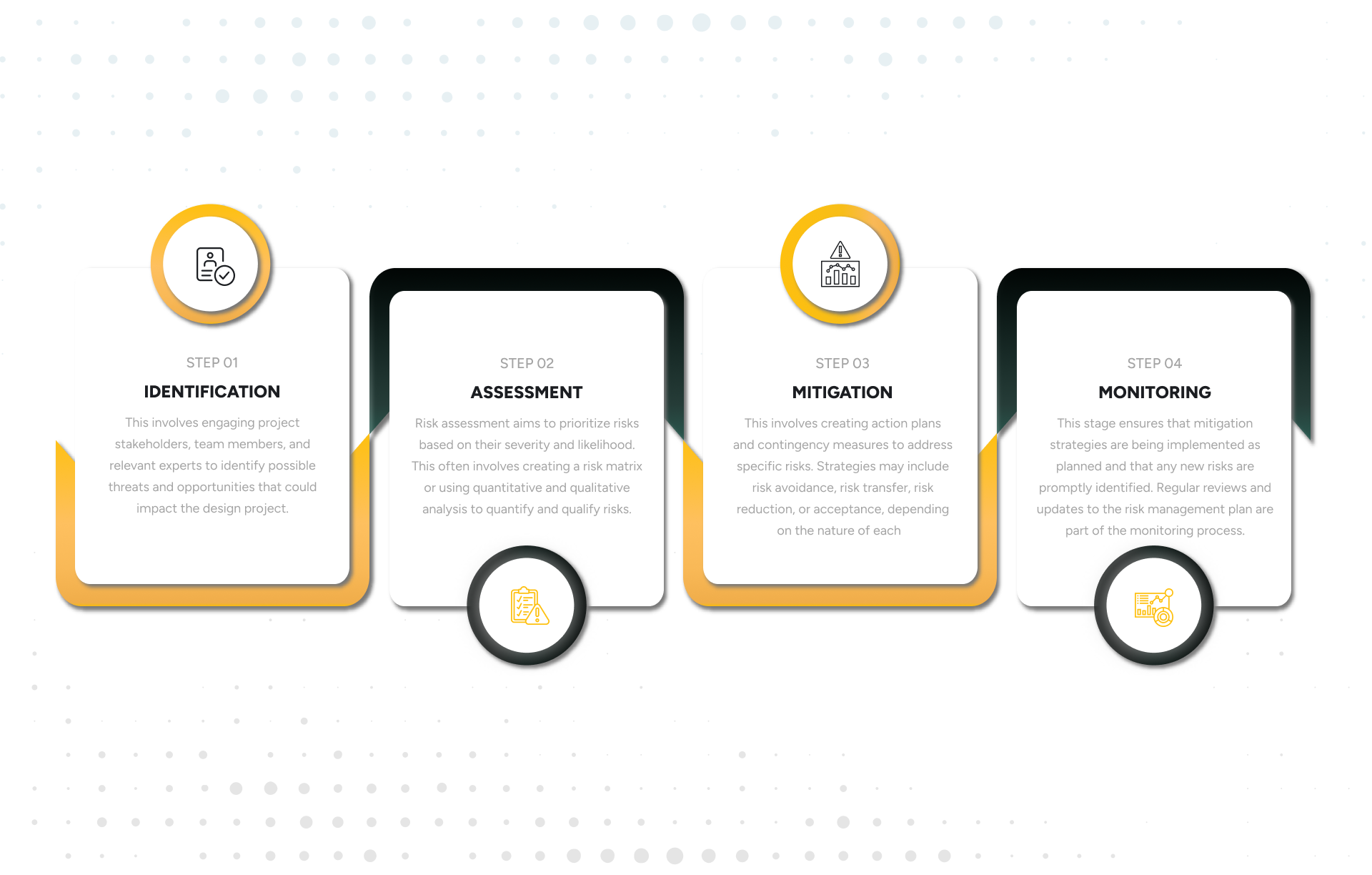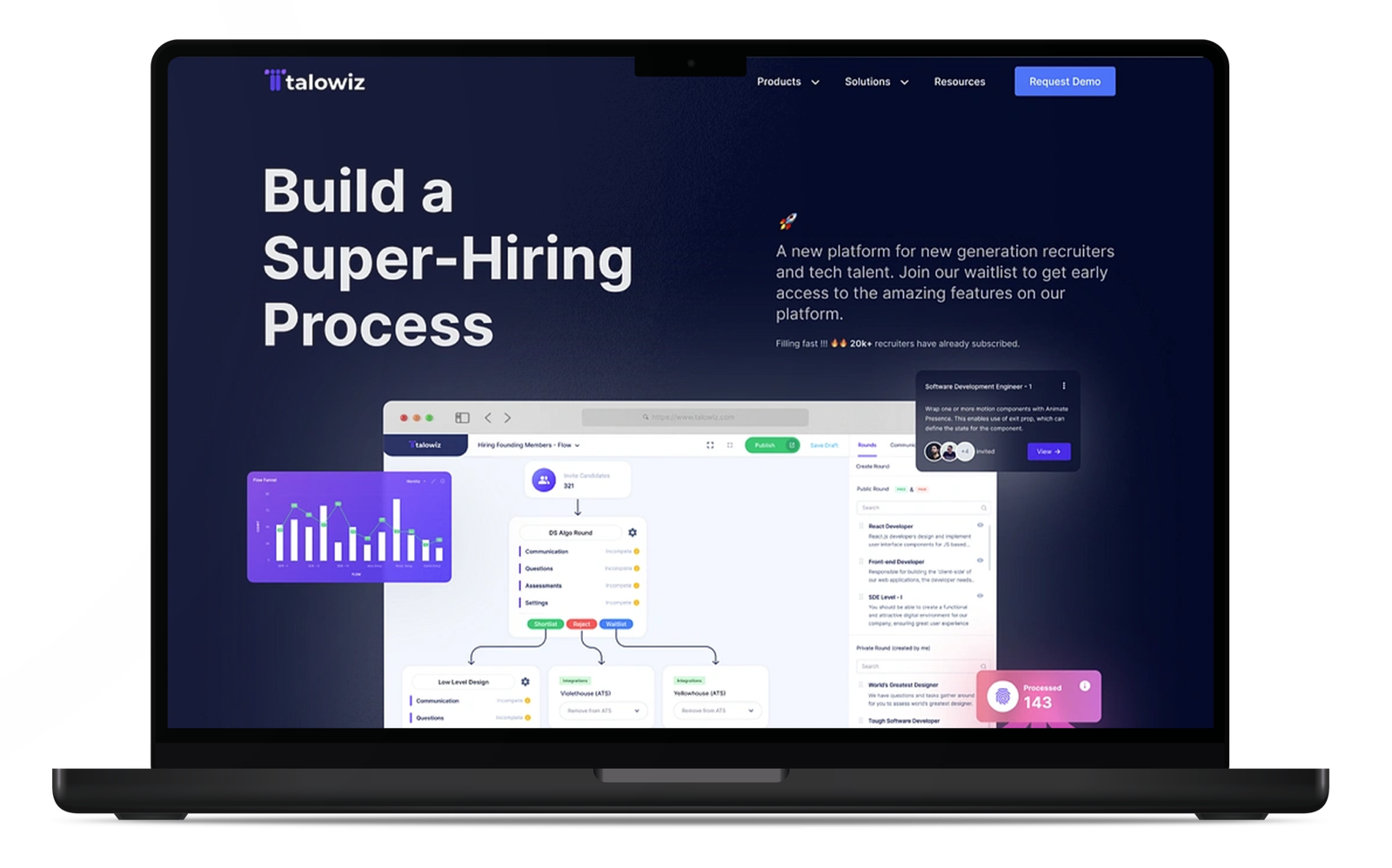Introduction: – In the dynamic realm of project management, success is not a static destination, but a dynamic journey filled with uncertainties. The ability to identify, assess, and mitigate risks is a foundational element of effective project planning. In this comprehensive article, we will delve into the empire of risk management, exploring its profound significance, key principles, and practical strategies that serve as the bulwark for safeguarding project success.

Understanding the Significance of Risk Management:
Project planning can be likened to setting sail into uncharted waters. While the destination may be clear, the journey is fraught with potential hazards. Risk management emerges as the guiding compass that steers project managers through the turbulent sea of uncertainties. The fundamental premise lies in acknowledging that risks are not mere obstacles but rather opportunities to proactively shape the project’s trajectory.
In the complex realm of project coordination, where numerous variables and uncertainties come into play, the role of a project coordinator is akin to that of a master orchestrator. A crucial aspect of this role is understanding and navigating the intricate landscape of risks that can potentially impact project outcomes. This article aims to shed light on the significance of risk management for project coordinators, elucidating why a proactive and strategic approach to risk is paramount for success.
The Risk Management Process:
In the intricate world of project management, where uncertainties are as certain as the projects themselves, the risk management process emerges as a strategic compass. This article takes a deep dive into the risk management process, unraveling its stages and intricacies to empower organizations in steering their projects toward success despite the ever-present specter of risk.
Identification:
Successful risk management commences with a vigilant eye for potential threats and opportunities. This involves engaging stakeholders, conducting brainstorming sessions, and conducting a thorough analysis of project documentation. By casting a wide net during this phase, project teams can uncover both glaring and latent risks.
Assessment:
Once risks are identified, the next step involves assessing their potential impact and likelihood. This requires assigning values to risks, considering factors such as cost, time, scope, and quality. The risk matrix emerges as a valuable tool in categorizing and prioritizing risks, ensuring that attention is directed towards the most critical issues.
Mitigation and Planning:
Armed with a clear understanding of risks, the project team can then formulate effective mitigation strategies. This phase includes developing contingency plans, allocating resources, and defining roles and responsibilities in the event of risk realization. Proactive planning empowers the team to respond swiftly and decisively when challenges arise.
Common Challenges in Risk Management:
In the complex world of project management, risk is an omnipresent force that can either propel an organization forward or become a formidable obstacle. This article delves into the common challenges encountered in risk management, exploring the nuances that organizations often face and providing strategies to overcome these hurdles.
Overlooking the Human Factor:
Risks extend beyond budgetary constraints or technical glitches; they also manifest in the human element. Poor communication, conflicts within the team, and leadership gaps can jeopardize the project. Acknowledging and addressing these interpersonal risks is essential for a holistic risk management approach.
Neglecting Continuous Monitoring:
Risk management is not a one-time exercise. Projects evolve, and so do risks. Continuous monitoring throughout the project lifecycle ensures that new risks are identified, and the effectiveness of mitigation strategies is assessed. Regular check-ins and reviews become the backbone of a dynamic risk management process.
Risk Management Tools and Technologies:
As organizations continue to face an ever-expanding array of risks in today’s dynamic business landscape, the need for sophisticated tools and technologies to manage these uncertainties becomes increasingly vital. In this section, we will explore the diverse array of risk management tools and technologies that empower organizations to not only identify and assess risks but also strategically navigate and mitigate them.
Risk Register:
The risk register stands as the nerve center of risk management. It compiles all identified risks, their attributes, and the planned responses in a structured format. This living document evolves as the project progresses, providing a real-time snapshot of the project’s risk landscape.
Simulation and Modeling:
Advanced technologies empower project managers to simulate various scenarios, assessing the potential impact of risks on project outcomes. Modeling tools enable teams to make informed decisions and refine their strategies in a controlled environment before implementation.
The Role of Leadership in Effective Risk Management:
In the intricate dance of project management, where uncertainties abound, the role of leadership stands as a beacon of guidance. Effective risk management is not merely a process; it is a mindset that begins at the top. This article explores the pivotal role of leadership in steering organizations through the challenging waters of risk, emphasizing the qualities and strategies that contribute to successful risk management.
Setting the Tone:
Leadership plays a pivotal role in cultivating a risk-aware culture within the project team. When leaders emphasize the importance of risk management, team members are more likely to actively engage in the process, fostering a collective responsibility for project success.
Encouraging Open Communication:
An environment that encourages open communication is fertile ground for effective risk management. Team members should feel comfortable reporting concerns and uncertainties, creating a feedback loop that allows the team to adapt and pivot in response to emerging risks.
Conclusion:
In the ever-evolving landscape of project management, the ability to navigate uncertainties distinguishes successful endeavors from those that fall short. Risk management, far from being a cumbersome addendum to project planning, is the compass that guides project managers through uncharted waters. By embracing uncertainties as opportunities for proactive planning and learning, project teams can not only weather the storm but also harness the winds of change to propel their projects towards unprecedented success.
By foreseeing challenges, project managers can proactively allocate resources, set realistic timelines, and develop contingency plans. This not only safeguards the project against unforeseen disruptions but also enhances overall decision-making. Moreover, it fosters a culture of adaptability and resilience within the project team.
In essence, integrating risk management into project planning is not a mere precaution—it’s a strategic imperative. It transforms uncertainty into opportunity, ensuring a smoother trajectory towards project success. As projects evolve, the foresight gained through comprehensive risk management becomes a compass, guiding teams through the complexities of execution.

